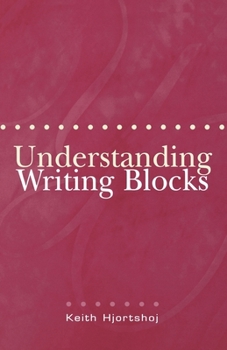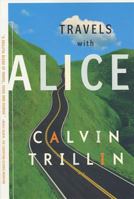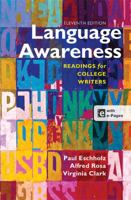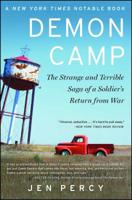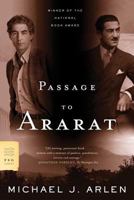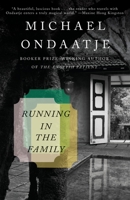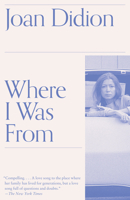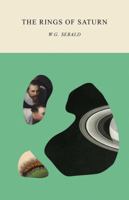Understanding Writing Blocks
Select Format
Select Condition 
You Might Also Enjoy
Book Overview
Why do capable students and scholars fail to complete writing projects? What are "writing blocks," and how can writers overcome them? Why are writing blocks more common for advanced and experienced writers who are not supposed to need help? And why are they more common in the humanities than in the sciences? Keith Hjortshoj answers these and other questions in Understanding Writing Blocks. This book demystifies the causes of writing blocks, which are often ignored, misunderstood, or attributed to obscure psychological disorders. Hjortshoj examines blocks instead as real writing problems arising from specific misconceptions, writing behaviors, and rhetorical factors present at different stages of the writing process. In a lively and informative style, he defines the nature of writing blocks, examines their causes, and offers advanced undergraduates, graduate students, and professional writers the diagnostic tools and strategies necessary for getting their work done. Although appropriate for any writing course, Understanding Writing Blocks targets advanced composition students and graduate writers who are most likely to encounter immobilizing obstacles, and whose experience supports the author's assertion that a writing block is usually "an affliction of the good writer." Hjortshoj draws his material and evidence from extensive research, interviews, and consultations with blocked writers from his twenty-five years of teaching. Especially helpful to students working on dissertations and other complex projects, Understanding Writing Blocks illuminates the factors that undermine writing ability in a wide range of endeavors.
Format:Paperback
Language:English
ISBN:0195141369
ISBN13:9780195141368
Release Date:February 2001
Publisher:Oxford University Press
Length:160 Pages
Weight:0.43 lbs.
Dimensions:0.4" x 5.5" x 8.5"
More by Robert Dautray
Customer Reviews
5 customer ratings | 5 reviews
There are currently no reviews. Be the first to review this work.










